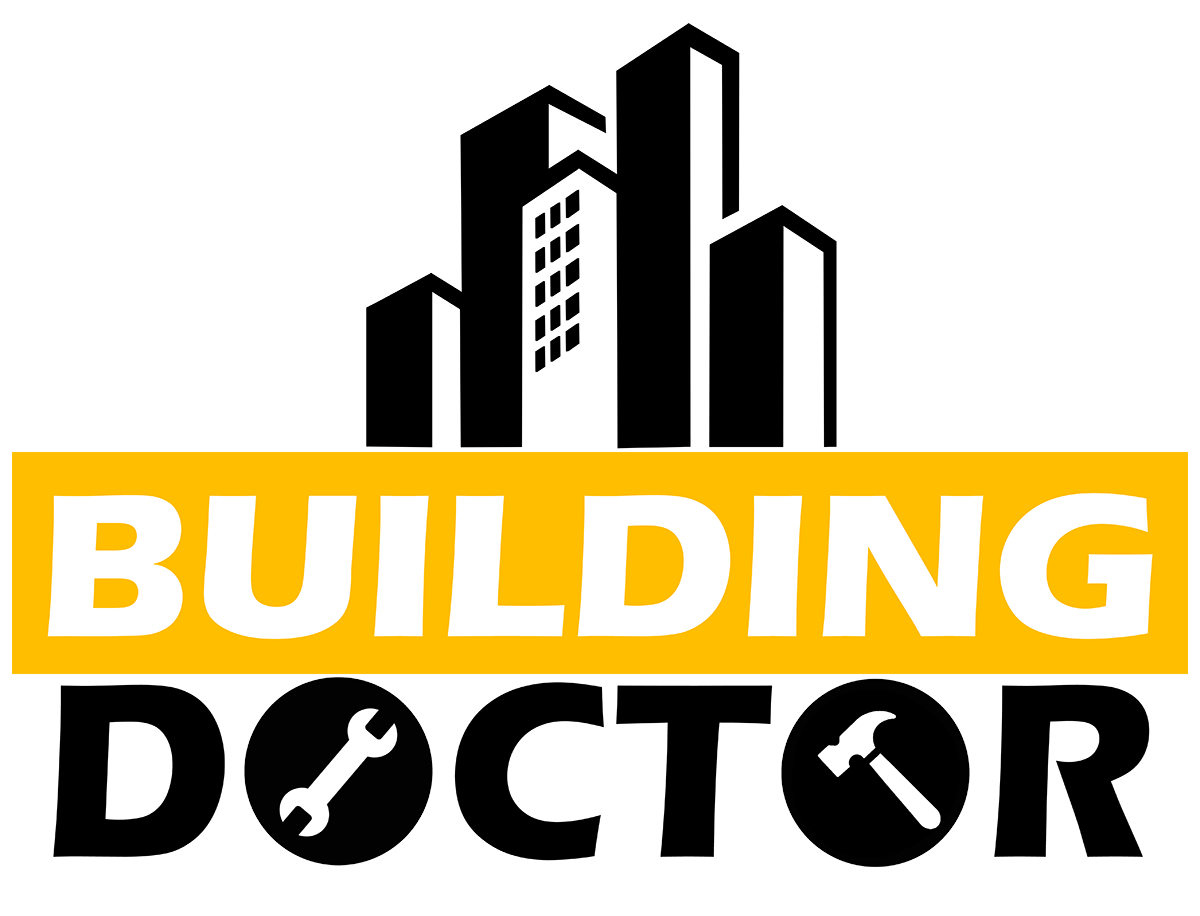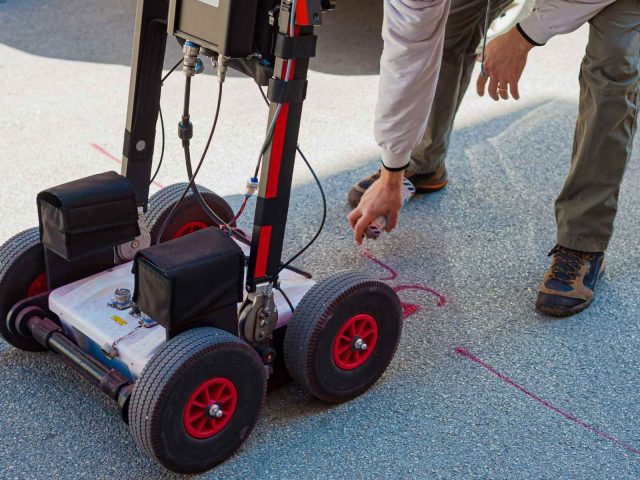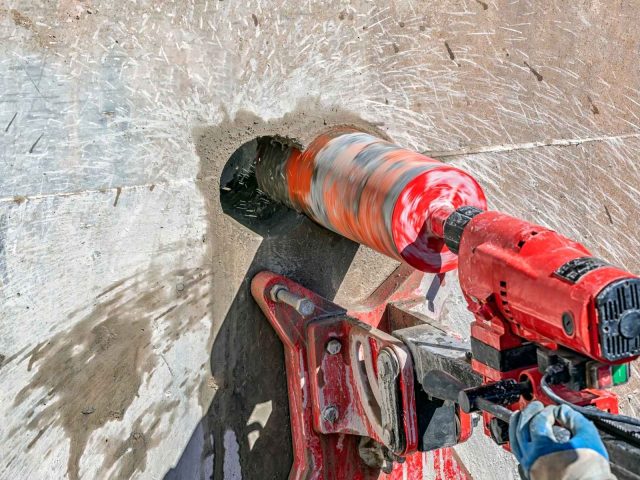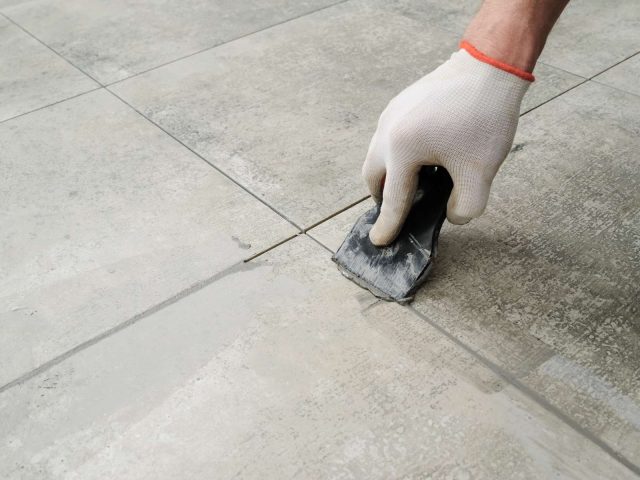Blog
Introduction
When we talk about the phrase “maintenance”, we will mostly relate it to products such as machines, electronic devices, tools, cars, and building too. Building maintenance is the effort to maintain, restore or even improve the functionality of the building at its optimum efficiency.
Construct a maintenance-free building is difficult because the elements of the building will have deteriorated over time due to material properties, construction techniques, influences of the surrounding, and the building usage or purpose.
There are various meanings to describe maintenance work, e.g. British Standard BS3811 defines maintenance as a special activity performed to remain or repair any amenity for each section of the property, building, and the element to a satisfactory benchmark.
Building Maintenance Objectives
Building maintenance is essential with the objectives stated below:
- To extend the building service life and avoid unnecessary expenses for replacement.
- To follow the Lender/Insurer requirements, providing a safe, secure, convenient environment and preventing deterioration of physical assets.
- Maximize the aesthetic and economic value of the building and enhance the safety and health of the occupants
Type Of Maintenance
In general, maintenance can be planned maintenance or unplanned maintenance. For planned maintenance, works have been planned or scheduled to check and observe the building condition. For example, regular housekeeping or annually cleaning and painting work on the building façade and roof area. Planned building maintenance could be done by the building owner, tenants, and building management team as it involved the daily cleaning work, painting work, and visual checking only.
While for the unplanned maintenance will refer to those unexpected maintenances such as building defects that required immediate action, e.g. lift not functioning, water leakage problem, cracks at building structures, foundation settlement, etc. This type of maintenance work will require technical efforts to resolve or repair the building defects. Expertise or specialist should be appointed to carry out the building defect assessment, to recommend the building owner or management team a solution with the consideration of cost, time, quality, and resources.
The building maintenance can be categorised according to the purpose and scope, which are:1. Preventive Maintenance: The effort to avoid building defects or failure from happening. Preventive maintenance is usually done in a scheduled way, where regular care and repair of the building will carry out to ensure the building is safe and secured. Planned maintenance like daily housekeeping, regular equipment checkup, and painting work are the examples for preventive maintenance.
2. Corrective Maintenance: The corrective action to resolve any building defects or failure. It is the rectification work done to restore the functionality of building components. The
good examples of corrective maintenance are unplanned maintenance such as repairing roof leakage, lift, building cracks, etc.
3. Condition-based Maintenance: The action taken to resolve any monitored building elements when it reaching unacceptable limits. A common example is the use of pressure readings on piping systems to continuously tracked the water pressure, allowing the on-site maintenance staff to identify where potential leaks can occur.
Typical Maintenance Works
The 4 typical building maintenance works is as follows:
- Work service: The services provided to ensure the facilities and equipment functioning well. Daily housekeeping and scheduled cleaning on the roof, roof gutter, walls, and
windows. It may also involve regular checking for machines and building systems such as electrical supply system, water supply system, ventilation system, fire system, pumps,
and lifts. - Repair work: Any repairing work for building and facilities defects. For example, patching up work for crack, repair floor tile, pump, repair lightings, repair fans, etc.
- Replacement work: Replace defected and damaged building system or elements. This maintenance always involving serious damage to the building and sometimes required scheduled inspection to identify the root cause of the defects. The example of replacement works are replacing corroded reinforcement bar in concrete, reinstall waterproofing system, reinstall electricity system, etc.
- Protection work: It is the work to protect and prevent the building from defecting. This protection work will include also the care of building structures. For instant, painting on the exterior of building surfaces as the protection layer to resist weather changes, moisture, and molds growth.
Conclusion
All buildings will deteriorate over time. Thus, proper building maintenance is the only key to retain a building in an accepted standard. The building owner, tenant, or management team should carry out appropriate building maintenance to ensure their building safeness and secure their assets.
References
[1] Seeley I.H. (1987) Nature and Importance of Building Maintenance. In: Building Maintenance. Building and Surveying Series. Palgrave, London. Retrieved on 15th December 2020 from https://link.springer.com/chapter/10.1007/978-1-349-18925-0_1
[2] Othuman Mydin, Md Azree (2016). SIGNIFICANCE OF BUILDING MAINTENANCE MANAGEMENT SYSTEM TOWARDS SUSTAINABLE DEVELOPMENT: A REVIEW. Journal of Engineering Studies and Research. Retrieved on 15th December 2020 from https://www.researchgate.net/publication/328625196_SIGNIFICANCE_OF_BUILDING_MAINTENANCE_MANAGEMENT_SYS
TEM_TOWARDS_SUSTAINABLE_DEVELOPMENT_A_REVIEW
[3] Ir. Abdul Aziz Abas (2014). Building Maintenance. Building Maintenance presentation for Faculty of Civil Engineering, UiTM. Retrieved on 23rd December 2020 from https://www.slideshare.net/irazizz/building-maintenance37936879#:~:text=Building%20maintenance%20is%20the%20combination,to%20perform%20its%20required%20function.
Recent Posts
- Concrete Scanning – Ground Penetrating Radar (GPR) Benefits And Advantages For Renovation Projects
- Purpose And Benefits Of Concrete Coring In Buildings And Its Outcome
- Tile Grouting: What It Is And Why It Matters For Waterproofing
- Pu Injection For Waterproofing
- The Dangers Of Neglecting Water Leaks: From Health Risks To Costly Structural Damage
Categories
Archives
- February 2025
- January 2025
- December 2024
- November 2024
- October 2024
- September 2024
- August 2024
- July 2024
- June 2024
- May 2024
- April 2024
- March 2024
- February 2024
- January 2024
- December 2023
- November 2023
- October 2023
- September 2023
- August 2023
- July 2023
- June 2023
- May 2023
- April 2023
- March 2023
- February 2023
- January 2023
- December 2022
- November 2022
- October 2022
- September 2022
- August 2022
- July 2022
- June 2022
- May 2022
- April 2022
- March 2022
- February 2022
- January 2022
- December 2021
- November 2021
- October 2021
- September 2021
- August 2021
- July 2021
- June 2021
- May 2021
- April 2021
- March 2021
- February 2021
- January 2021
- December 2020
- November 2020
- October 2020
- September 2020
- August 2020
- July 2020
- June 2020



